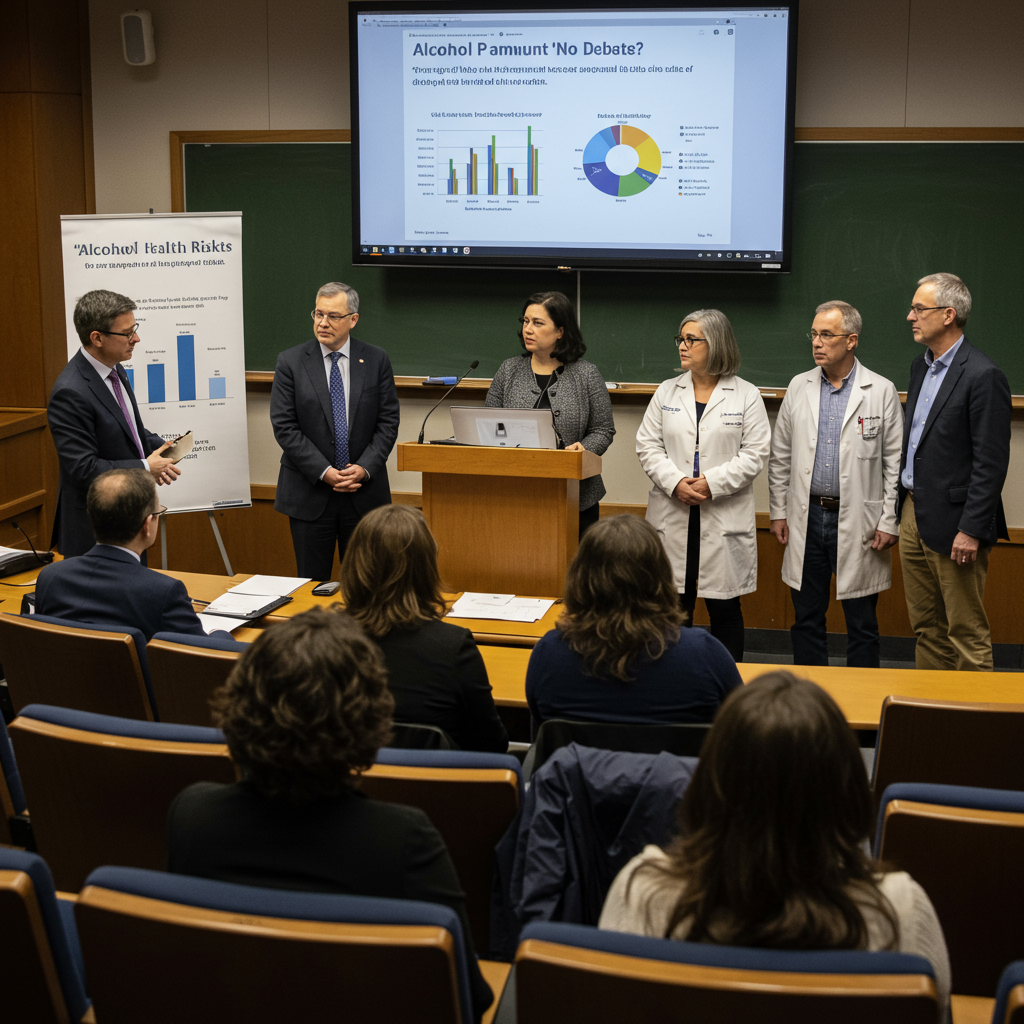You might want to grab a glass of water for this one, because here’s a sobering truth that perhaps isn’t as shocking as it should be: alcohol isn’t particularly good for you. Despite widespread awareness, many people don’t fully grasp the extent of the risks, especially linking even moderate consumption to serious health issues like cancer.
This disconnect is driving a significant push from public health experts and medical organizations. In the UK, dozens of health bodies are urging the government to mandate “bold and unambiguous” labels on alcoholic drinks specifically warning that alcohol causes cancer.
The Global Push for Clearer Alcohol Warnings
Currently, explicit health warnings on alcohol bottles are rare globally. Only about a quarter of countries require any form of health label, and these are often vague or printed in small type. However, the movement towards stronger messaging is gaining traction:
South Korea: Since 2016, mandated warning labels, including an option linking alcohol to liver cancer (though manufacturers can choose which label to use).
Ireland: Passed a law in 2023, set to take effect next year, becoming the first country to mandate labels explicitly stating alcohol’s direct link to fatal cancers.
United States: Former Surgeon General Vivek Murthy recommended alcohol warnings in a January report.
While some might view this as paternalistic, making warnings more explicit seems like a sensible step. Knowing about health risks in the abstract is fundamentally different from being reminded of specific dangers, such as the link to cancer or the fact that liver damage symptoms might not appear until a serious stage, right at the point of consumption.
Many people, including myself, wish they had understood the full picture of alcohol’s harms earlier in their drinking lives. While few people see alcohol as a health drink, evidence suggests a lack of understanding regarding the risks associated with even relatively small amounts. This personal realization is one reason many are exploring being “sober curious.”
Questioning the ‘No Amount is Safe’ Message
Despite supporting clearer warnings, there’s room for skepticism regarding certain absolutist messaging, like the World Health Organization’s (WHO) 2023 declaration that “No amount of alcohol is safe for you.”
Such definitive statements can be easily ignored or, paradoxically, used to justify excessive drinking. If no amount is considered safe, what’s the incentive to stop at one or two drinks?
Experts have also questioned this “every drop is evil” approach, arguing it may lack nuance or cherry-pick data. Researchers from the Harvard TH Chan School of Public Health noted that data does not necessarily justify sweeping statements about the effects of moderate alcohol consumption.
Similarly, British risk expert David Spiegelhalter pointed out in 2018 that the public needs more detailed information on how much low-level alcohol use increases risks like cancer. He challenged the “no safe level” argument by comparing it to activities like driving or even living itself, which also carry risks but aren’t recommended to be avoided entirely. As he soberly noted, life itself comes with a 100% risk of death.
Finding the Balance
The debate highlights a tension between the need for clear, prominent warnings about significant risks like cancer and the potential pitfalls of overly simplistic or absolutist messaging. Moving forward, the focus should be on ensuring consumers understand the degree* of risk associated with different consumption levels, rather than relying solely on messages that may be perceived as unrealistic or easily dismissed. Providing consumers with detailed, nuanced information empowers them to make more informed decisions about their health and alcohol consumption habits.




